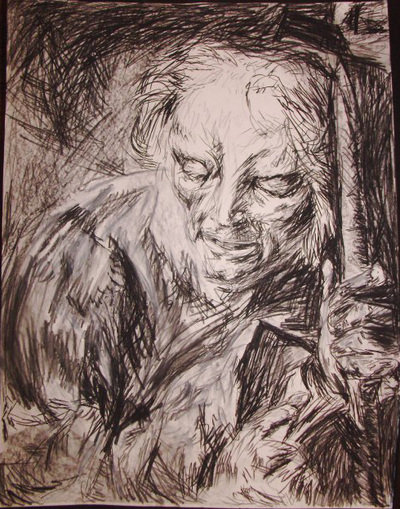Created in the context of a U of M course EDIA0100 offered through extended education.
Category Archives: Uncategorized
Volunteering with CCL Canada
I am so proud to volunteer with Citizen’s Climate Lobby Canada. I became aware of their work when I first moved to Winnipeg and attended the “Climate Strike” march event in 2019. What attracted me to them was the positive and hopeful approach to activism. There is something to be said for shouting in the streets, but at a certain point it just feels either like I am yelling into the void, or I am just only interacting with those that agree with me and then annoying everyone else. The approach of CCL is different, they work within the existing system to enact change in a real way, not just endless demonstrating to “raise awareness” but rather focussing on solutions. To me, it is all about efficacy.
The advocacy I have done with CCL so far has been focussed on the carbon fee and dividend. This climate policy is incredibly simple and effective. Pollution has societal costs, so put a fee on a major source of pollution (carbon) and then repay that money back (thats the dividend part). Having this intense focus on one policy means we can dedicate our time on education legislatures on its benefits. I hear time and time again from politicians that they don’t feel like they have much power, that they feel like they are “cogs in the machine”. And yes, there is a cynical take here, imagine how we regular citizens feel if thats the feeling from literal law makers… Well I choose to see this as a call to action. The role we can fill is to empower lawmakers, so they feel they have a strong base of knowledge and confidence to support such policies, so they feel like they have the support of citizens behind them.
Another important aspect to me about CCL is that it is a non-partisan organization. I have long believed that supporting a healthy environment is something that spans political alignment. I am not a conservative, and I am not religious, so I will not pretend to speak on anyones behalf. However, I see how a a strong alliance should be available when we acknowledge that Earth is a precious gift, and we can fulfill our roles as stewards and protectors of it. I mean, the root word “conserve” is right in there! I believe with nearly all societal problems, there is nothing to be gained by shaming and shutting others out. We must work together, and see the goodness in each other.
CCL Canada’s core values are Focus, Optimism, Relationships, Integrity, Personal Power, Being Nonpartisan, Diversity.
In October 2022 I co-hosted “All Together Now”, a national educational conference bringing together representatives at federal and provincial levels with the creators of MIT’s and Climate Interative’s global climate policy simulator En-ROADS. We connected expert Andrew Jones (and other trained representatives) to the target audience of Canadian legislators and their aids. In April 2024 I helped with planning, technical work, and execution of the educational event “Citizens for Climate” that connected Manitoba MLAs across party lines with a group of non-profits in both environmental activism and in the health sector on the topic of climate effects on health. A number of guest speakers gave educational presentations to the target audience of Manitoba legislators and their aids.
Teaching Statement
For the correct analogy for the mind is not a vessel that needs filling, but wood that needs igniting — no more — and then it motivates one towards originality and instills the desire for truth.
Plutarch
Learning has always been one of my favourite pastimes, there is nothing like expanding your world into something larger, even if only 1cm at a time. I have been very lucky to have had many great teachers in my life, those who have truly made my life better by virtue of having known them. I am inspired not only by the content I have learned from them, but from their attitude and way of being, leaving me wanting to be a better version of myself. I’ve also had many teachers whose style has left me unhappy and frustrated. I have always been interested in teaching, and both of these cases inspire me to be a good example. A stint in an elementary school classroom let me know I wasn’t committed to being a grade school teacher. I find myself now on a track to being a university professor (of course tracks can change). What follows is a statement of teaching philosophy following by a statement of professional development skills created while in the Graduate Teaching Program and UM’s Centre for Teaching and Learning.
The three most important descriptors of my teaching style are passion, community, and trust. First, I hope to exude a passion for the subject matter I am in teaching, which I hope inspires students to engage and to actually want to be in class. Next, I hope to facilitate collaboration. If all I do in my teaching is to give lectures, there is plenty of competition from other resources who offer the same without being behind a paywall. Instead, I hope to create a learning environment where students engage with each other and with a teaching team that builds a sense of responsibility and accountability. Learning to work with others also has the added benefit of exposing students to diverse viewpoints and experiences. Finally, I know I must be realistic in the classroom. I have to show students I understand student experience and be realistic and collaborative with them when it comes to our learning plan. I should build enough rapport so that students know they can trust me.



Mixed media drawings by me (2013) based on old (mid-century) photographs of deaf/hoh children learning verbal annunciation
When it comes to professional development, see my CV for the specific teaching programs and courses I have completed. Here I will instead dedicate some time to comment on my “soft skills” I have developed that I believe give me a boost in my teaching and temperament. Specifically, a large portion of working skills in the Fine Arts involves the giving and receiving of critique, which has obvious crossover with teaching. Good critique is given in the spirit of openness and always towards development, never to put down the recipient. Critique is an observation rather than a judgement. Next, a personable skill I have developed that I believe will serve me well in the role of teacher is the ability to celebrate the work and accomplishments of students. It’s important this isn’t done in a patronising way, but rather as inspiration to press forward and to have grit, even in the face of challenge. Finally, I hope my personability will serve me when it comes to conflict management. It is common sense to meet students at their level, to never pretreat students but instead to respond to their needs.
Research Statement
Science and art are not opposed.
Samuel Morse (painter, sculptor, photographer, inventor of the telegraph)
Despite always dreaming of becoming a scientist, it took many years for me to work up the courage and confidence to make an honest attempt in the field as an adult. I believed that I just “didn’t have it” when it came to science, I excelled in arts and humanities and they are so often presented as opposing skills. What I have come to learn is that science and art are not so different; the artist presents a truth and seeks the data and justification to uphold it while the scientist presents data and seeks the truth through interpretation. Both journeys are never quite done for the artist always has more work to present while the scientist always has more questions to pursue. Thus the main work of both fields consists of a research, presentation, critique cycle.
My passion
In the big picture, my goals in my scientific work are to serve my community, and the earth my host.
I am lucky enough to experience the pure joy of abstract esoteric knowledge generation and exploration. My current field of research stands at an intersection of genetics, discrete maths, and computer science, in the field of bioinformatics, specifically in algorithms for phylogenetics. What I wish is for this research to lead to meaningful and impactful progress in the science of nature and biology. In the big picture, my goals in my scientific work are to serve my community, and the earth my host. The most pressing issue in my lifetime is the climate catastrophe, and I hope my work can serve those working to mitigate it, though I am regretfully far removed from the direct ecological and social impact of my work.
Critique
Science is the way forward, but I would be remiss to not mention some of my critiques of the field. I will not address commonly thought of issues like reproducibility and patriarchy/racism. I am not in a position to make any meaningful contribution therein, thus I would rather be an active “listener” in that space. Instead, I will spend a short time to point out a few issues with public trust, credibility and the cycle of science.
Public trust in science is eroded. Institutions of higher education are seen by the general public to operate “on high”, seeming to provide unasked for regulations while misappropriating public funds towards investigating either (and somehow contradictory) obvious truths or self-serving misinformation. Obviously, to those of us in science, the benefit is clear. The collaboration, rigours, and review provide a firm basis for measured progress on which we can be relatively confident of honesty and integrity. The disconnect is one of communication; science suffers from a branding problem. The fallacy of objectivity is clear to the scientist, however science research is so often presented AS objective, in a passive and disconnected voice. Then, science communication often relies on science journalists, and it is in the chain of information passing that confidence and context can be misconstrued and misrepresented. I won’t pretend to have any solutions, and prefer to point out that there must be a middle way.
Finally, I will make a few short comments about service, and the cycle of science. The findings of science research often invite some action. We find some substance to be carcinogenic, so we wish to ban the substance from consumer and/or commercial products. But what happens when we discover some substance to be carcinogenic or otherwise harmful, and we receive pressure to “continue research” or to “verify claims”, when perhaps this is actually the easier and more harmful route, when replacing or removing the substance in question is the real and obvious path towards less harm. Of course, these latter solutions, rather than the former, often require a bold stance on the part of government and industry, something we cannot count on. Perhaps it is the duty of scientists to not be so tempted by a circular, nonproductive funding cycle. Perhaps it is the duty of scientists to stand up for positive societal and industrial change, even when it appears to stand in the face of “our job” of mindlessly accepting whatever crumbs of funding will keep pushing the narrative along that the “science isn’t done“. Credibility can be won through disclosure of stakeholders and I want my stakeholders to be the community I serve. Obviously, I speak in hypothetical and idealistic terms and for clear cut cases, and I again point out that there always a middle way. However, here on my personal website, I can dream of working in an industry that is brave in the face of government and industry inaction.
ComSciCon – Canada West 2020 submission
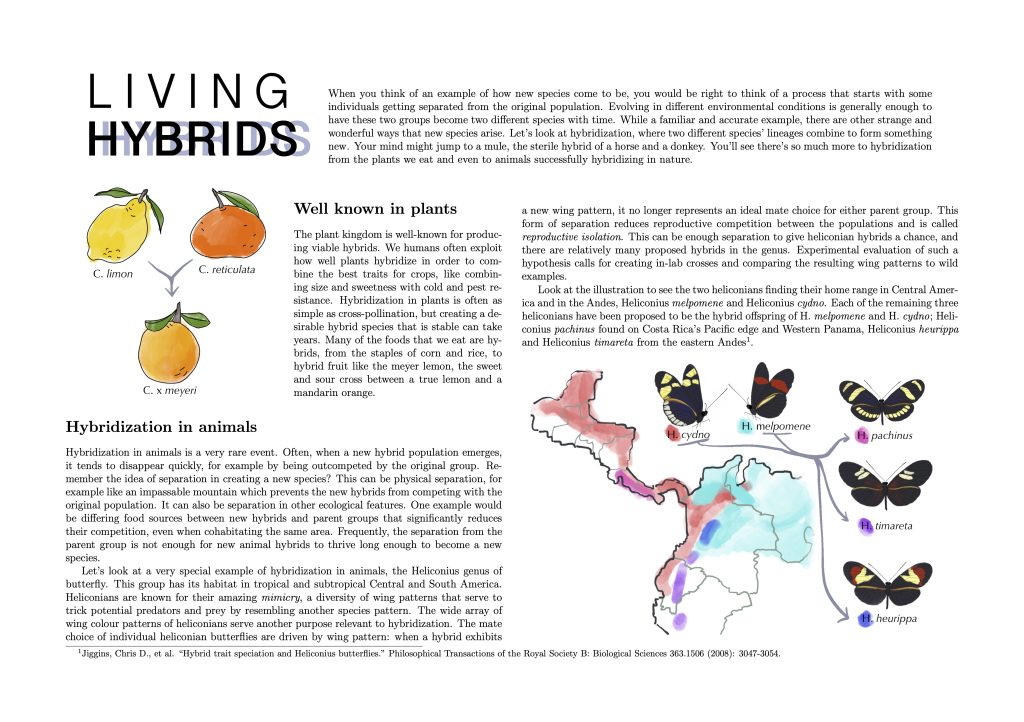
“Living Hybrids” came about as a submission to the “ComSciCon – Communicating Science workshop for graduate students”. Specifically, the Canada West satellite conference in 2020, which was held remotely. This series of conferences is held by graduate students, for graduate students and is intended to develop skills needed to communicate complicated scientific and technical ideas to a broad and diverse audience. The entry to this conference is competitive, an initial draft of the above article was submitted and accepted. This final draft was the result of a peer review and improvement process during pre- and concurrent event workshops.
Artist Statement
A line is a dot that went for a walk
Paul Klee
Those who have met me recently might be surprised to learn of my history in the arts, considering my current position in a technical field. Fine arts and visual arts are my first and biggest passion, and it was my primary motivator for much of my life. I always knew my long-term place was not in the arts industry and have moved on to work in other professional domains, but the arts will always remain a passive source of great joy and pleasure in my life.
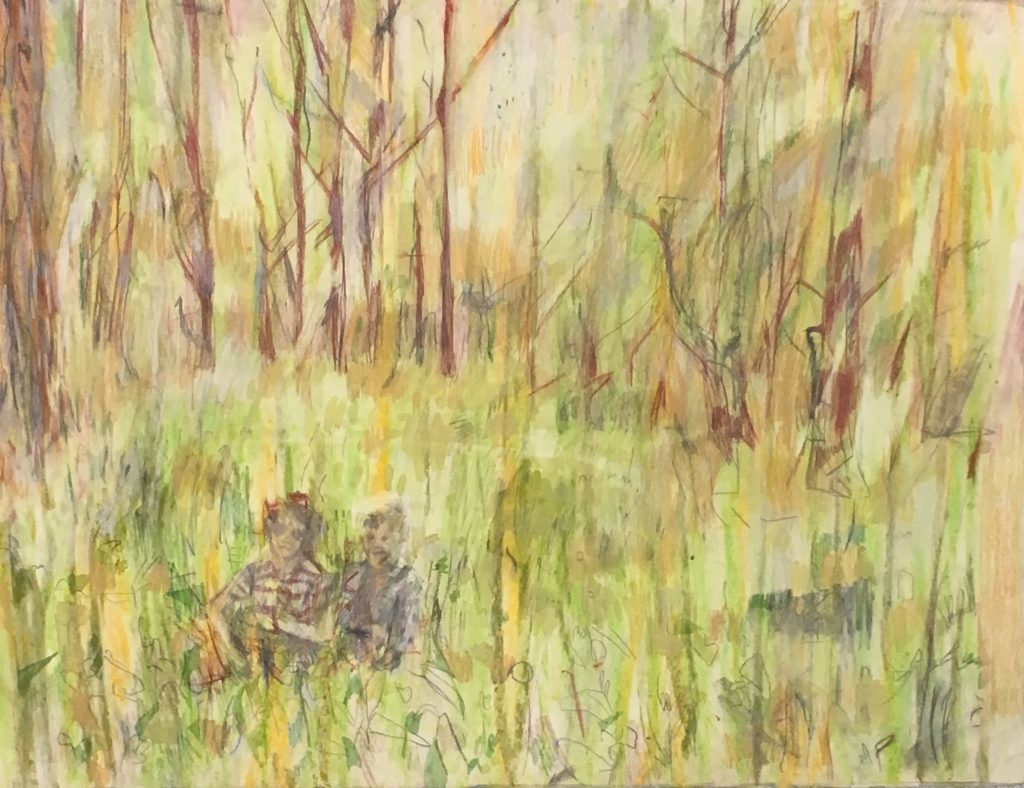
Observation I am a visually motivated person, and find myself compelled by the beauty of everyday scenes around me, drawing and painting from real life is the natural result. I am the kind of person who is physically moved by both grand displays of nature and her power, and the timid exhibition of the small movement of a gesture. I take immense pleasure from just seeing and framing the world around me.
Meditation One of the first lessons we learn as artists is to not trust our brain, but rather to break through the barrier of thinking and interpreting and draw directly from what we see. An example of this is seen in the amateur representation of the human face. If one draws a face without pure meditation on the actual sight, we tend to draw the face as taking the entire front part of the head. In actuality the eyes are set only halfway up the head, our focus on the face exaggerates its characteristics in our mind’s eye. Many illusions and compensations that our brain makes can be caught by the simple act of looking. Pun intended, meditating on sight can be an eye-opening experience, and the lesson has applications elsewhere in life.
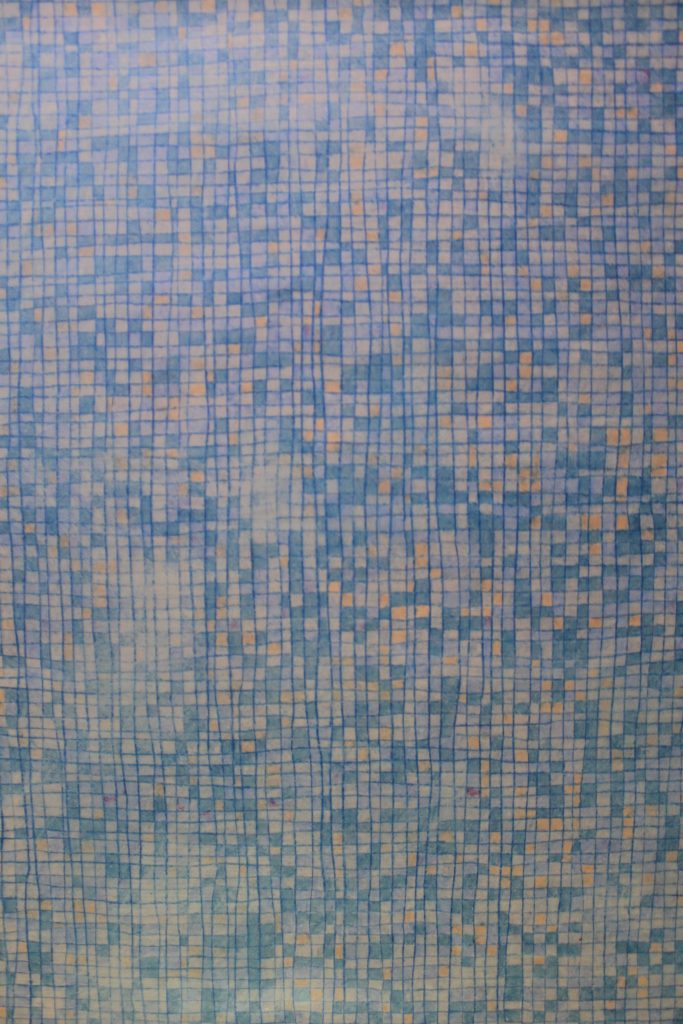
The relation between what we see and what we know is never settled. Each evening we see the sun set. We know that the earth is turning away from it. Yet the knowledge, the explanation, never quite fits the sight.
John Berger’s Ways of Seeing
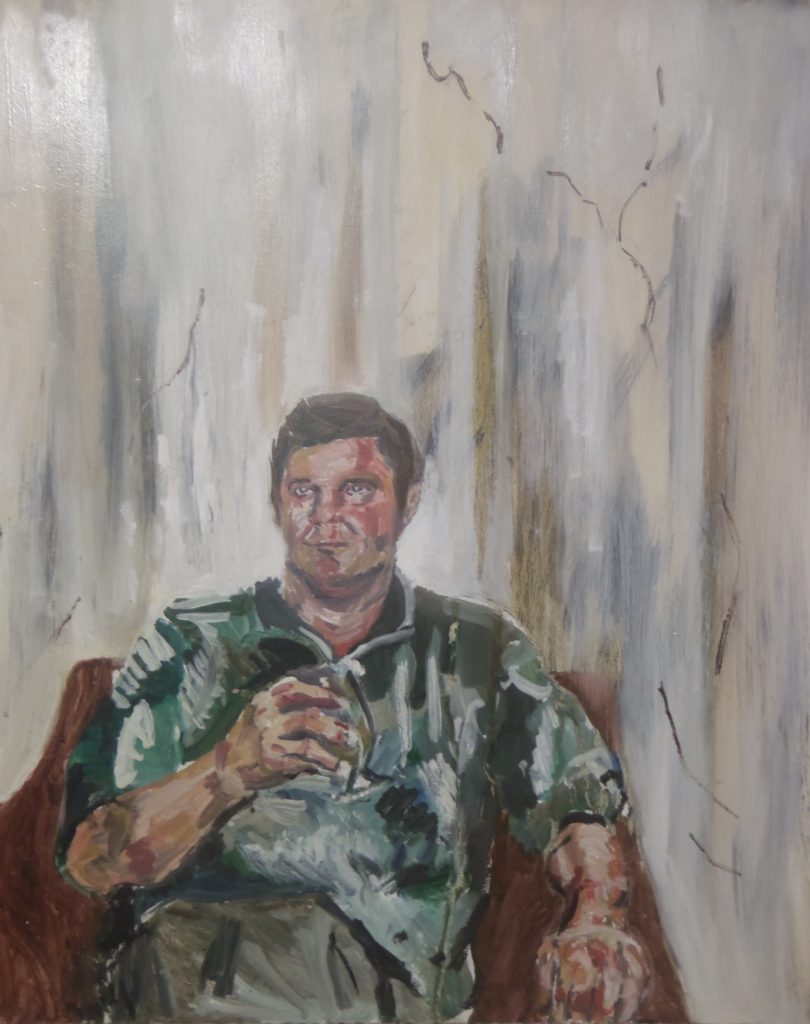
Integration The act of producing art is the process of refining sometimes chaotic sights and feelings into a distilled and clear work. The process is highly iterative and experimental, with clarity coming in stages of trial, error, and critique. Progress is made by going outside of one’s comfort zone. The process can leave the artist vulnerable, uncomfortable, and mistakes should be made (and sometimes kept). It should be quite plain to see how helpful this progression is to other life experiences: Life has a way of forcing discomfort and art can be a practice that builds resilience and experience in this. For me, art has always been a way of integrating my experience and my understanding.
Exaltation Our experience in the world is our own, but creating art is an act of communication that attempts to bridge our experience. Looking at art is an act of empathy just as much as creating art is an act of sharing. My current art practice revolves around making small bespoke works for those I love, like cards and small gestures, which I consider to be a celebration of our relationship and a demonstration of the work I am willing to put into it. Art is often seen as being for its own sake, as indulgent, and as self-serving. This assessment is unfair; art is universal, art is sharing, and art is survival. Art doesn’t have to be beautiful, art doesn’t have to have a deep idea, but it always must have an artist making a statement.
